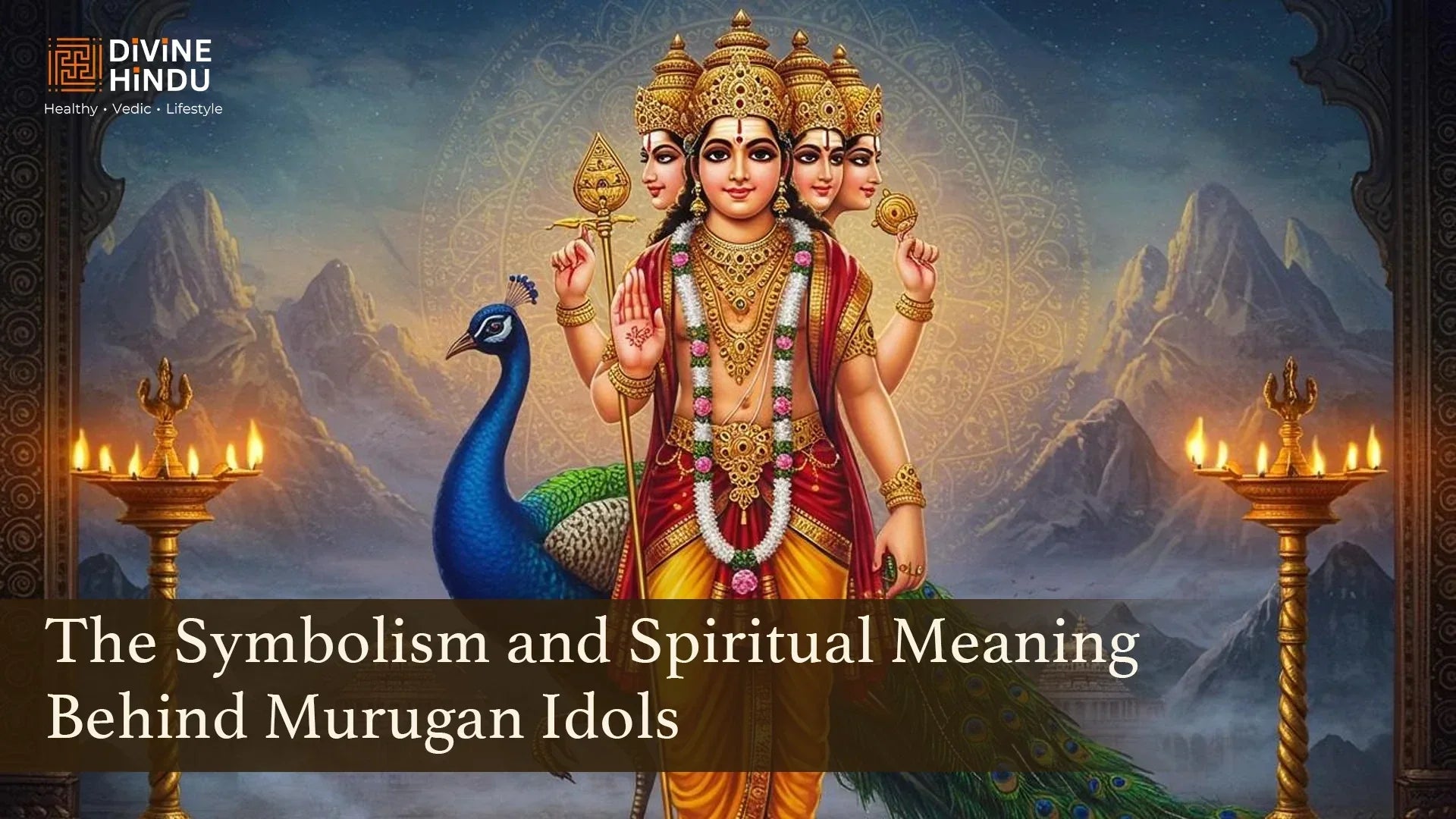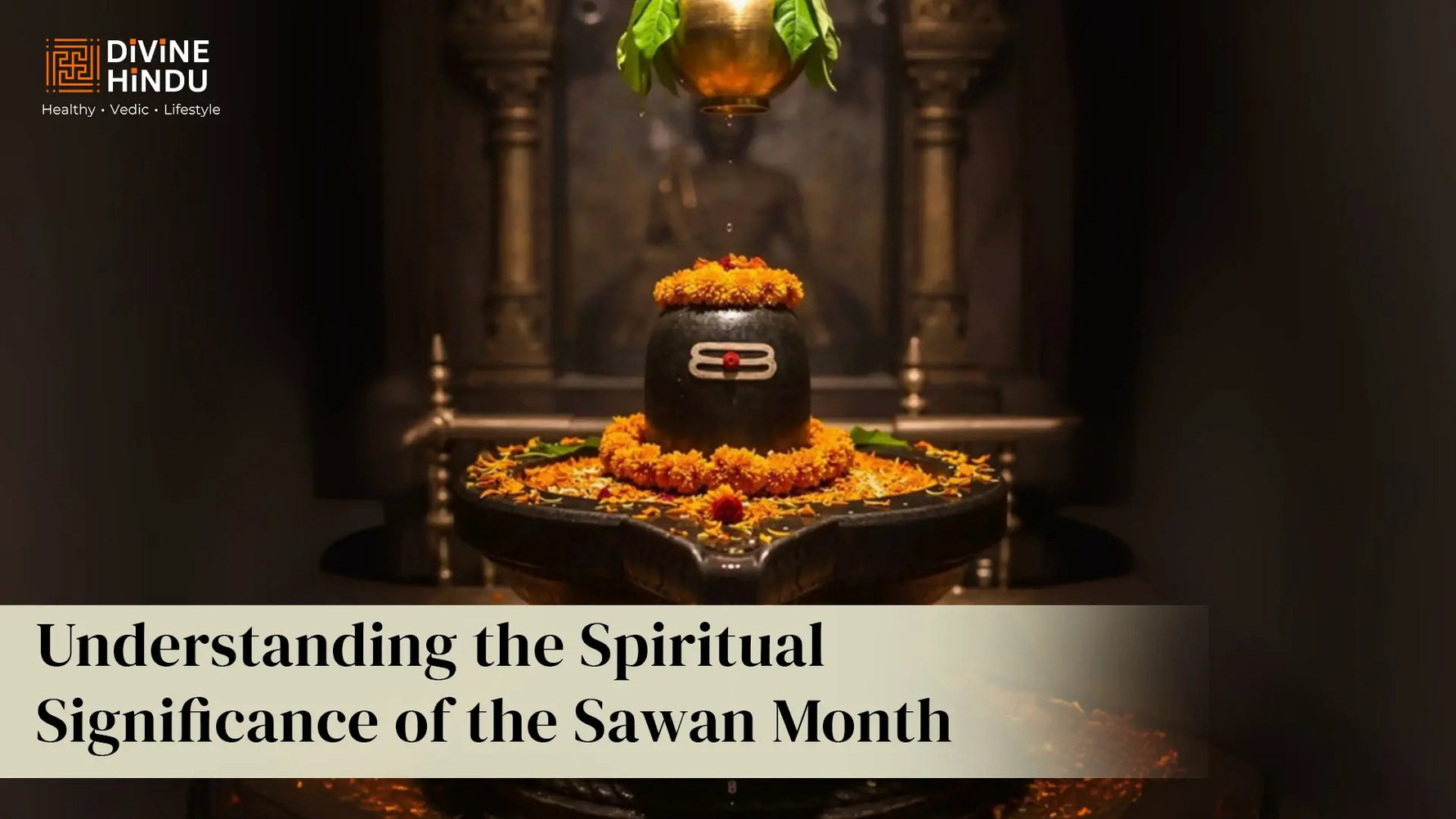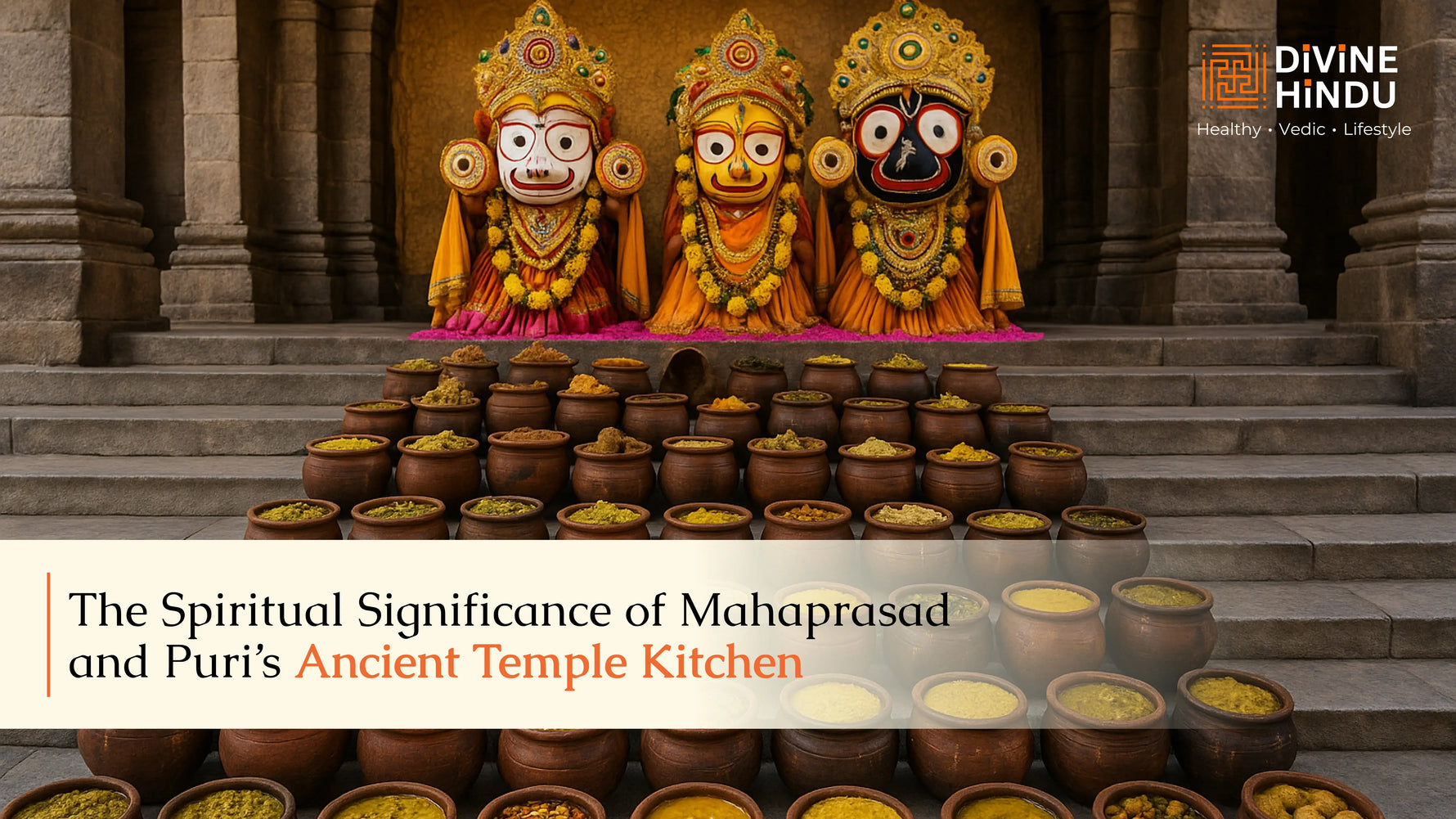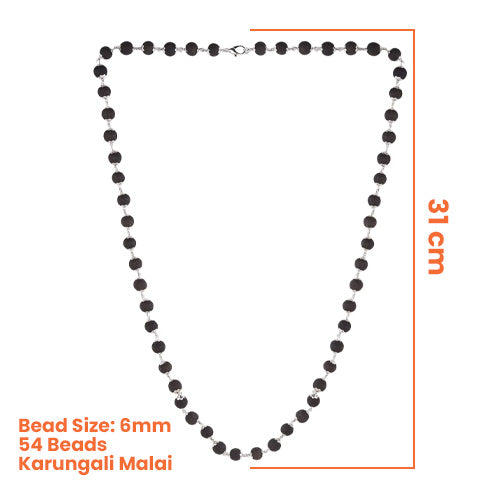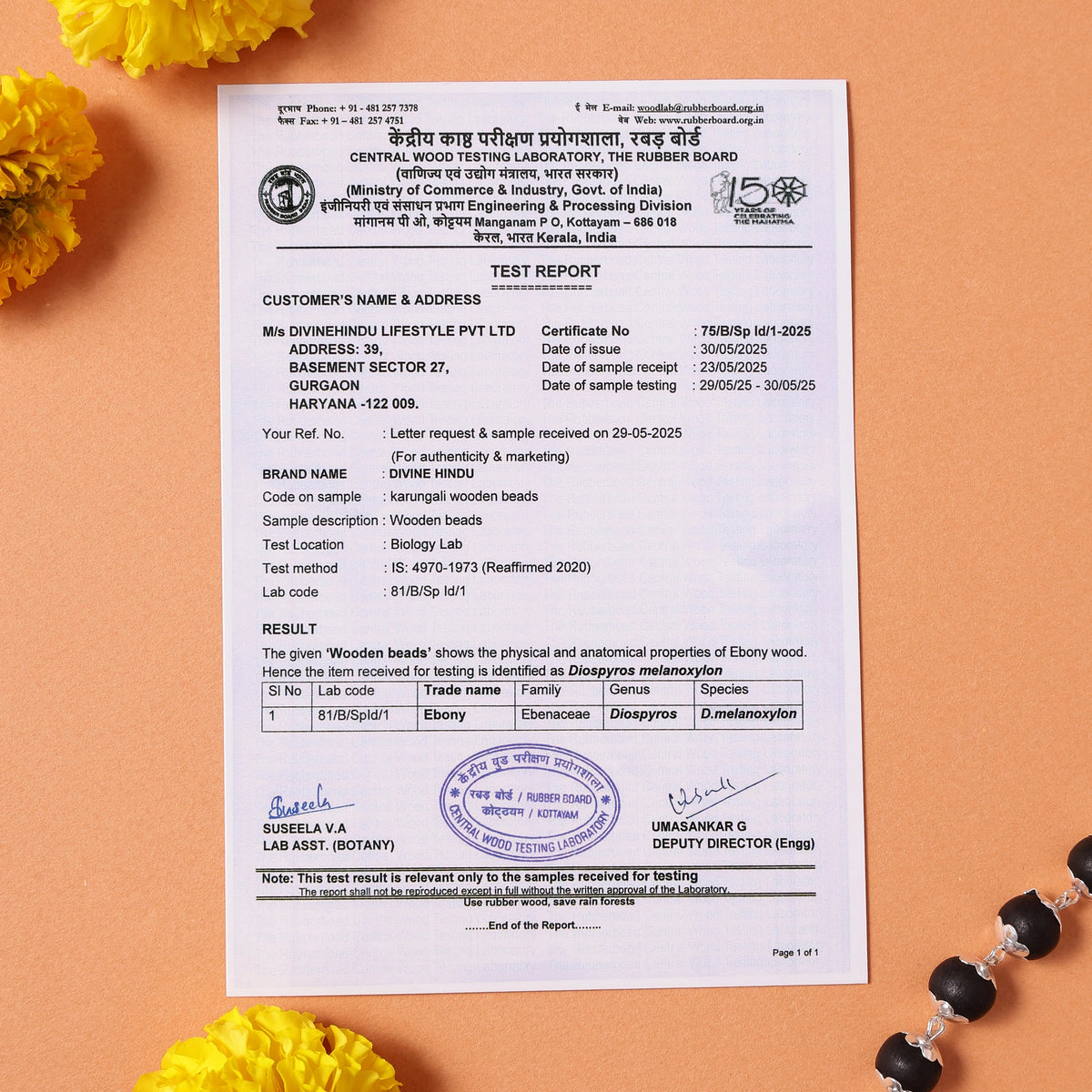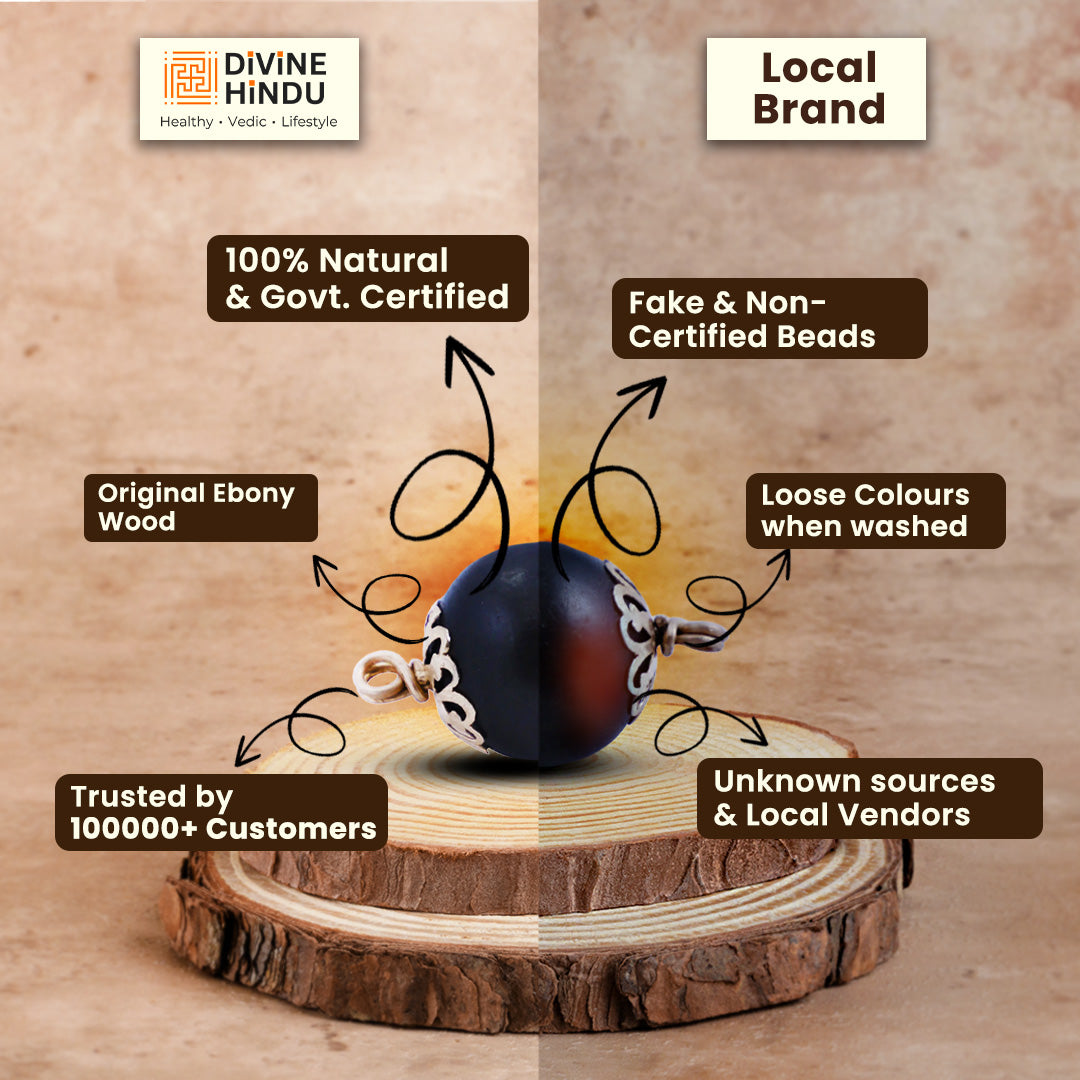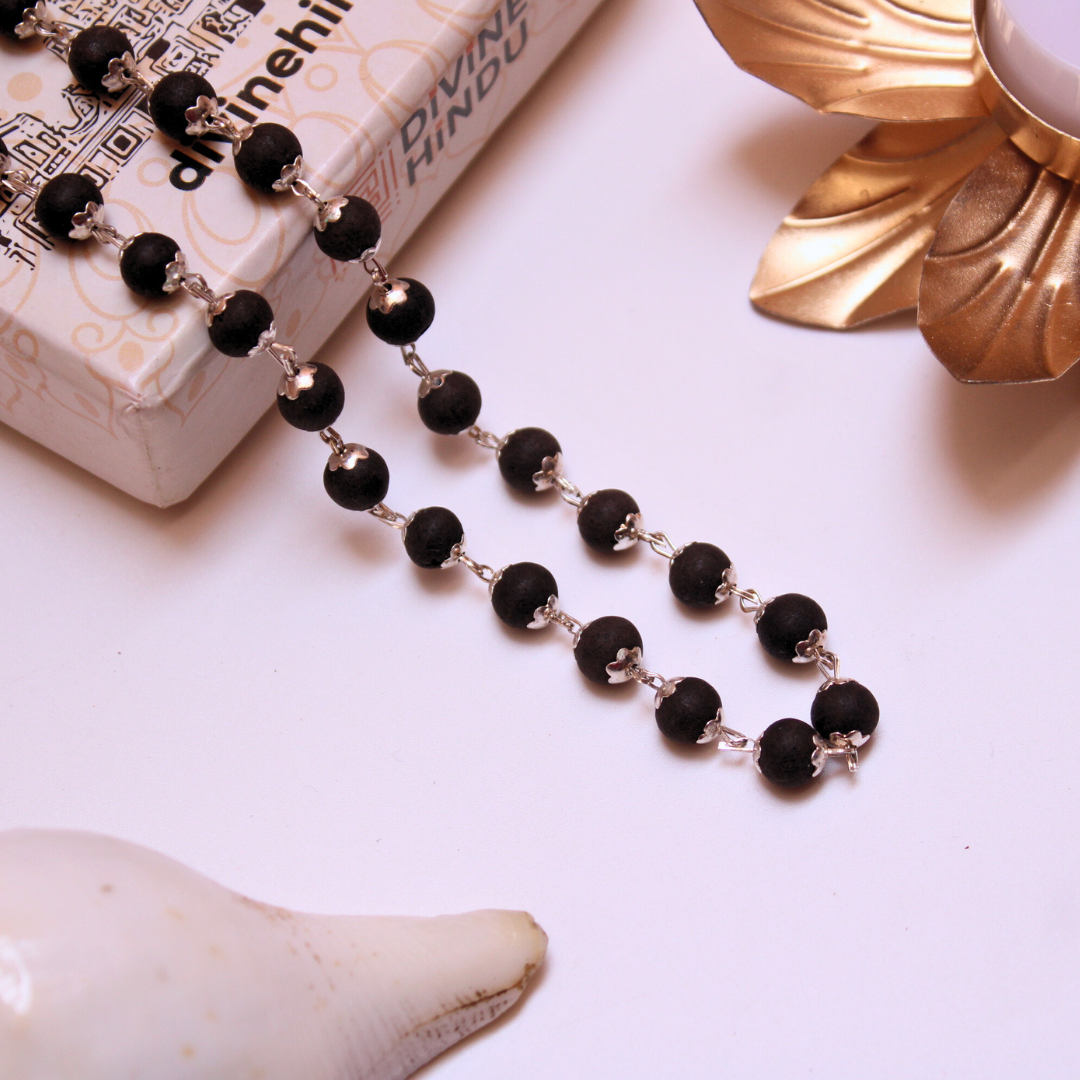Lord Murugan — also known as Kartikeya, Skanda, Subramanya and Vel Murugan - is a powerful symbol of divine youth, valour, wisdom and spiritual awakening in the vast and vibrant world of Hindu mythology. Murugan is worshipped primarily in South India, Sri Lanka, Malaysia and parts of South East Asia and is often depicted as a youthful warrior god who radiates strength, purity and compassion. His highly symbolic idols are more than just symbols of God; they serve as gateways to cosmic truths and higher spiritual meaning.
In this blog, we will explore the rich symbolism and spiritual significance of Murugan idols and understand why they are held in such high esteem by devotees and what each element of his iconography means.
Who is Lord Murugan?
Lord Murugan is the son of Lord Shiva and Goddess Parvati, and the brother of Lord Ganesha. As commander of the celestial army (Deva Senapati), he plays a crucial role in Hindu mythology, especially in the stories of his battles against demonic forces such as Soorapadman.

Murugan is considered the embodiment of immortal youth, spiritual power and celestial understanding. He is prayed to by his devotees for courage, insight and the destruction of negative thoughts. His spiritual lessons are essential for those seeking inner peace and self-realisation.
Common Depictions of Murugan Idols
Murugan idols vary in form according to regional and cultural preferences. However, certain aspects are ubiquitous and charged with symbolic meaning. Below you will find an overview of the most common elements in Murugan idols and their spiritual meaning:
1. The Divine Spear or Vel
The vel, a celestial spear given to Murugan by his mother, the goddess Parvati, is one of the best-known images associated with him. The Vel is more than just a weapon; it is a symbol of spiritual wisdom that cuts through deception and ignorance.
Spiritual Meaning: The Murugan Vel helps its followers to gain wisdom and clarity by cutting through illusions and pessimistic thoughts.
Symbolism: It also stands for virtuous deeds, divine protection and the ability to face challenges with spiritual strength.
2. The Six Faces (Shanmukha)
To symbolise his omnipresence and his ability to see everything, Murugan is often depicted with six faces (Shanmukha), each pointing in a different direction.
Spiritual Meaning: The six faces represent the mind and the five senses and signify control over sensual desires and mental distractions. Symbolism: They also represent Murugan's ability to impart knowledge, defeat evil and protect his followers from all sides.
3. The Peacock (Vahana)
Spiritual Meaning: The ride on the peacock demonstrates Murugan's dominance over the ego, which is one of the most significant obstacles to spiritual development. Murugan's vehicle is a peacock called Paravani, which represents beauty, pride and ego; when he rides it, it signifies victory over pride and ego.
Symbolism: The peacock also symbolises the soul's path to enlightenment, which is dictated by divine will.
4. The Rooster (Seval Kodi)
On the banner of Murugan some idols show the Seval Kodi, the badge of the cock. This rooster, which emerged from the demon Soorapadman after his defeat, stands for change and enlightenment.
Spiritual Meaning: It symbolises the triumph of light over darkness and the emergence of inner consciousness.
Symbolism: The rooster, which stands for spiritual rebirth and enlightenment, is a harbinger of the dawn.
5. Youthful Appearance
Murugan is often depicted as a handsome boy or young man and is always young. His celestial youth is a symbol of infinite vitality, purity, and freshness.
Spiritual Meaning: His youthfulness reminds believers that spiritual knowledge transcends age and is based on purity and devotion.
Symbolism: It also underlines the idea that spiritual strength does not depend on physical maturity, but on inner clarity and heavenly grace.
Regional Interpretations and Idols
Palani Murugan (Tamil Nadu)
Murugan is worshipped in Palani as a young ascetic without his usual jewellery or weapons and thus stands for renunciation and detachment. Navapashanam, a combination of nine plant and mineral components, is the deity to whom healing powers are attributed here.
Swamimalai Murugan
In this case, Murugan is depicted as a guru who teaches Lord Shiva the meaning of the sacred "Om." His function as a celestial teacher who guides souls to moksha (freedom) is emphasised by this form.
Murugan in Daily Worship
Murugan statues are not only kept in temples, but also in homes, especially in Tamil homes. The offering of flowers, sandalwood paste, camphor and incense can be part of daily puja practices. The spiritual connection between the devotee and the deity is strengthened when they recite mantras such as "Om Saravana Bhava" or "Skanda Shasti Kavacham" while concentrating on the statue.
Spiritual Benefits of Worship:
- Removes fear and anxiety
- Helps with decision-making and life clarity
- Encourages discipline and inner strength
- Supports education and learning
Symbolism in Festivals and Celebrations
To celebrate his triumph over evil and his divine attributes, Murugan idols are carried in processions, bathed in milk, and adorned with elaborate decorations during festivals such as Thaipusam, Skanda Shasti, and Panguni Uthiram. At Thaipusam, devotees wear "kavadi' to ask for forgiveness and spiritual strength, while at Skanda Shasti, they commemorate the battle with Soorapadman and focus on defeating inner demons.
Conclusion: Murugan Idols as Pathways to Inner Transformation
Murugan idols have a spiritual meaning and symbolism that goes far beyond artistic or cultural expression; they are effective instruments for self-improvement, self-mastery, and establishing a connection with God. From the peacock to the veil, each element has a lesson to teach the soul on its journey to enlightenment.
Believers see Murugan not only as a warrior deity but also as a compassionate guide, celestial teacher, and lighthouse. His idols are a constant reminder that through courage, wisdom, and devotion, we can overcome fear and ego and emancipate ourselves spiritually.
The real power lies not in the metal or stone, but in the dedication, discipline, and faith that the idol inspires in you. This is true whether you meditate in front of his image, place a Murugan idol in your home or recite his mantras.
You May Also Like :
Nirjala Ekadashi 2025: Date, Vrat Katha, Rituals and Spiritual Significance
Ganga Dussehra 2025 : Date, Significance and Rituals
Top 5 Gemstones for Inner Healing and Peace
7 Powerful Lord Shiva Mantras for Peace & Spiritual Growth
Lava Stone: Meaning, Benefits and Healing Properties


